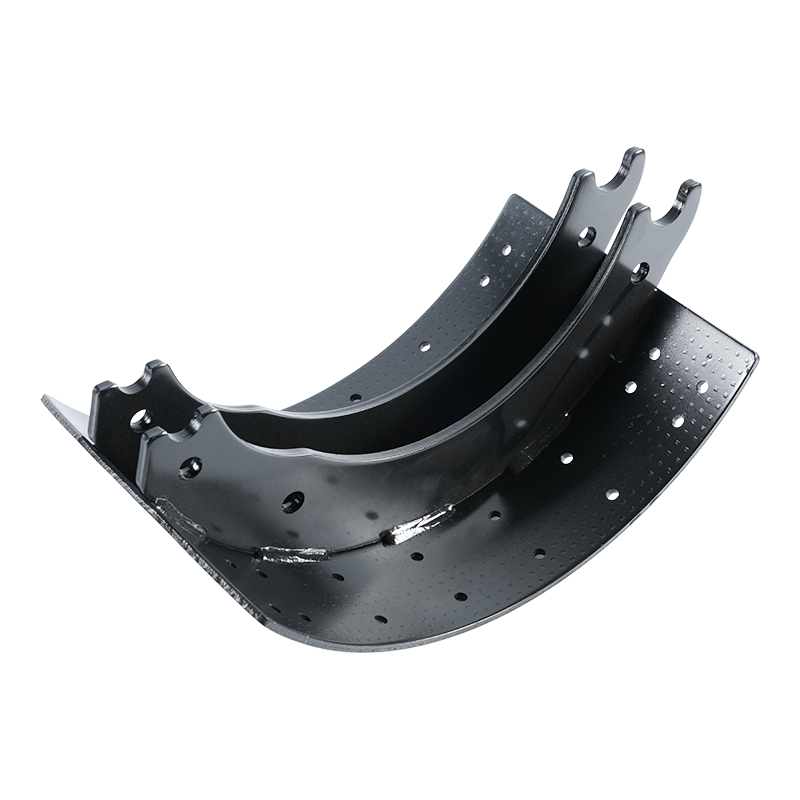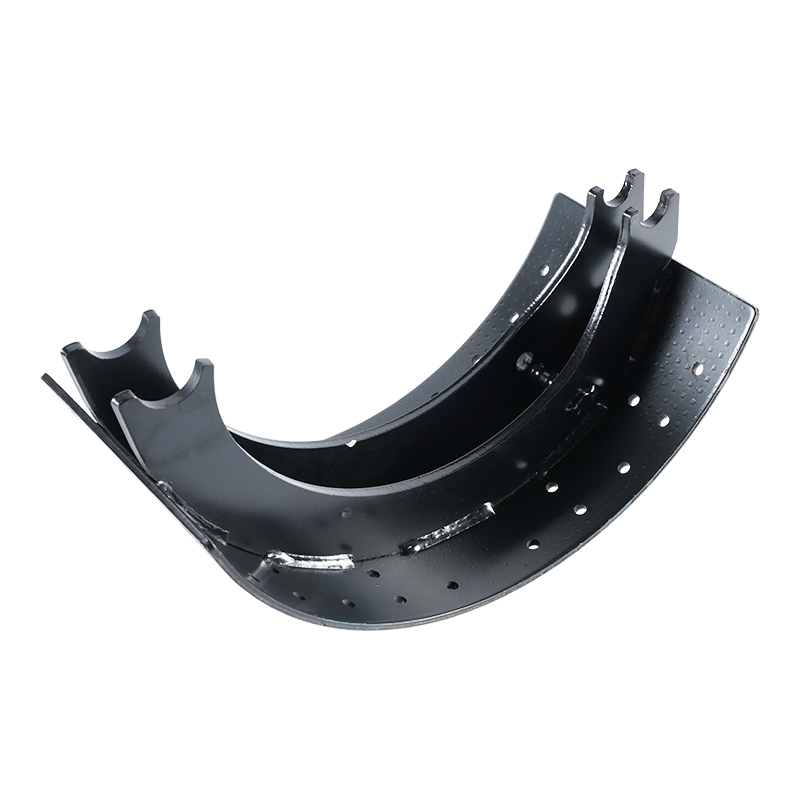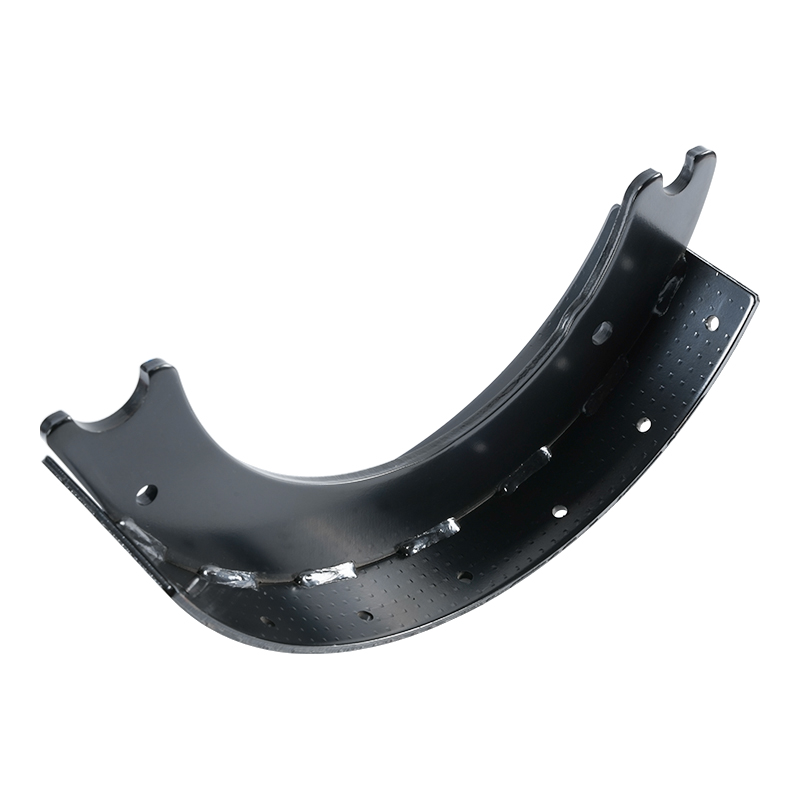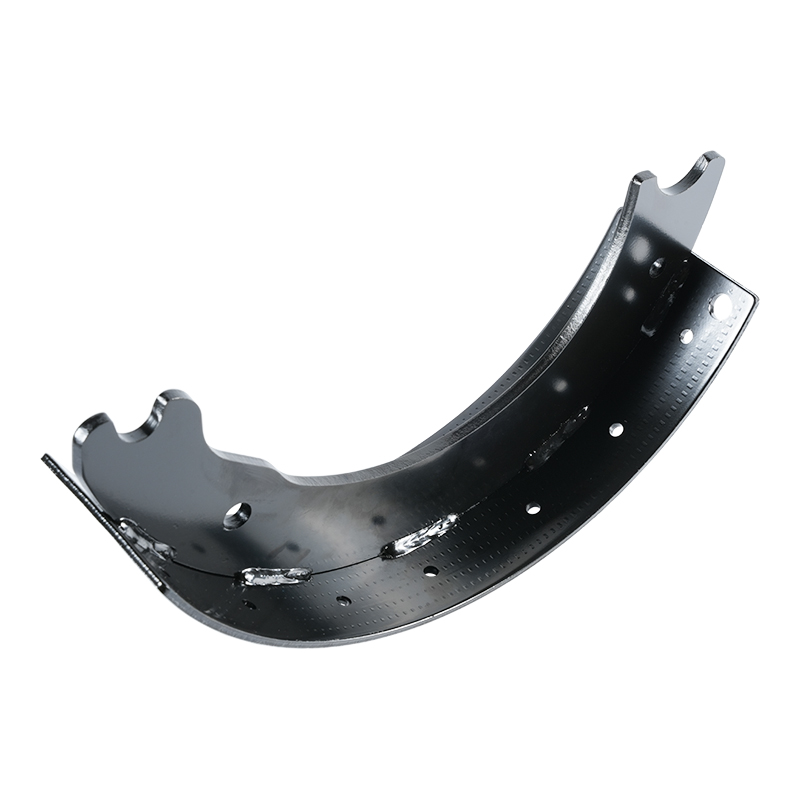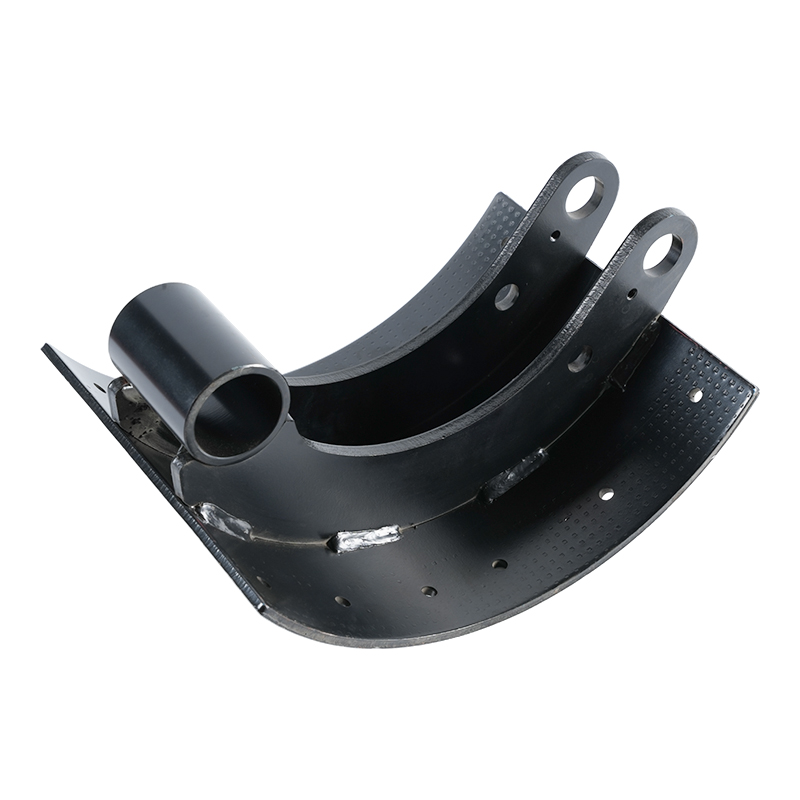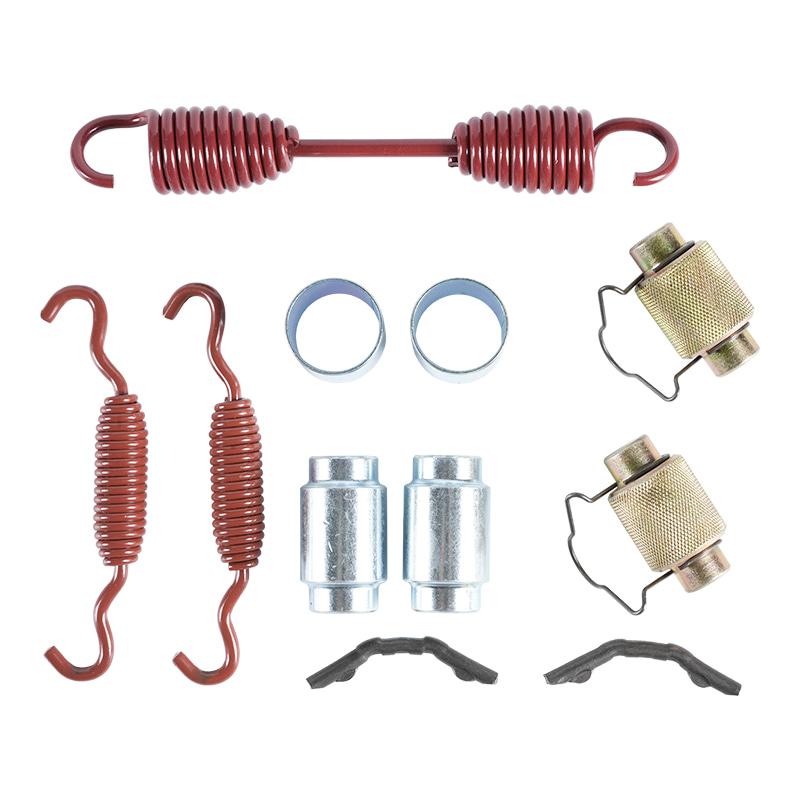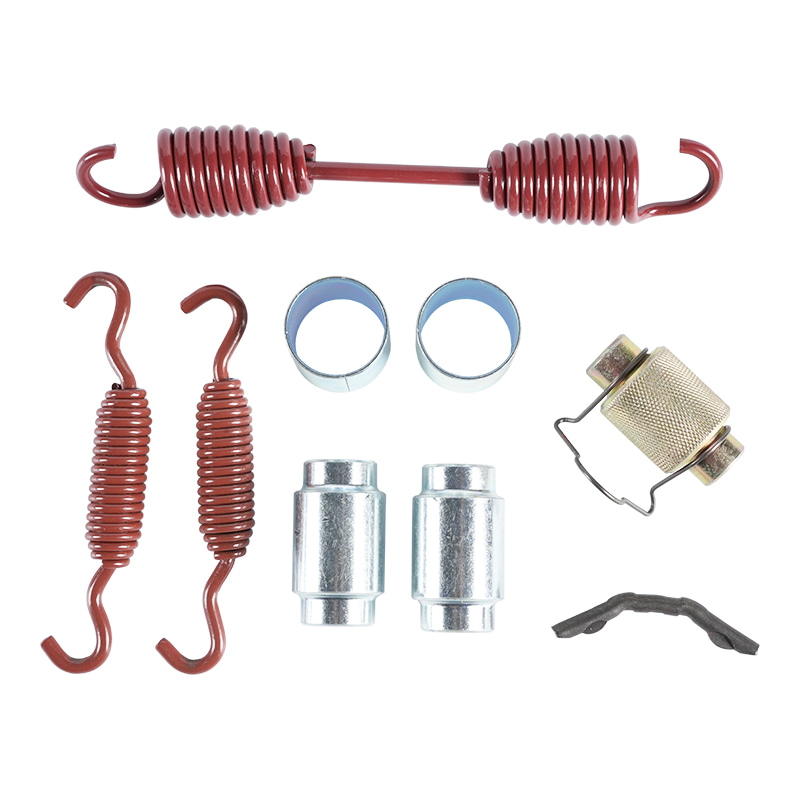What Are Brake Linings and Why Are They So Important
 2025.06.12
2025.06.12
 Industry News
Industry News
Brake linings are among the most vital safety components in automotive, industrial, and rail transport systems. As part of the friction pair in drum and disc brakes, brake linings are directly responsible for converting kinetic energy into thermal energy to decelerate or stop a moving vehicle. Although small in size, these components carry a huge responsibility for performance, efficiency, and above all, safety.
This article explores brake linings in detail — from materials and design to classifications, model codes, applications, and maintenance considerations — providing a comprehensive knowledge base for engineers, fleet operators, and component buyers.
What Are Brake Linings?
A brake lining is the consumable friction material that is bonded or riveted onto brake shoes or brake pads. When brakes are applied, the lining is pressed against a rotating drum or disc to generate friction. This friction creates resistance that slows the rotation of the wheel, thereby stopping the vehicle.
Brake linings are designed to maintain consistent friction performance across a range of temperatures, loads, and environmental conditions. Their behavior directly impacts braking force, pedal feel, stopping distance, and even fuel efficiency in commercial fleets.
Construction and Materials
Modern brake linings are composed of complex material blends engineered to provide optimum friction, wear resistance, noise control, and thermal stability. The primary categories of lining materials include:
1. Non-Asbestos Organic (NAO)
-
Made from organic fibers such as aramid, glass, or rubber.
-
Binders and fillers like phenolic resin and graphite.
-
Low dust and noise; ideal for passenger vehicles.
-
Not suitable for high-load or high-temperature environments.
2. Semi-Metallic
-
Contains 30%–65% metal (steel, copper, iron) along with synthetic binders.
-
High heat resistance, excellent durability.
-
Common in trucks, SUVs, and performance cars.
-
Noisier and may produce more rotor wear.
3. Low-Metallic NAO
-
Similar to NAO but with small amounts of metal for better thermal conductivity.
-
Offers better braking at high temperatures.
-
Moderate dust and noise.
4. Ceramic
-
Made from ceramic fibers, bonding agents, and fine metal particles.
-
Very quiet operation, low dust, long life.
-
Often used in premium vehicles or EVs.
-
Less effective for heavy-duty or towing applications.
5. Sintered Metal
-
High-density metal friction material fused under heat and pressure.
-
Ultra-high heat tolerance and durability.
-
Common in heavy industrial machinery, trains, and off-road equipment.
Friction Classification System
Brake linings are graded by the friction coefficient (μ) under cold and hot conditions. The SAE J866 standard assigns two letters to indicate these values:
| Code | Coefficient of Friction | Example |
|---|---|---|
| EE | 0.25 – 0.35 | Light-duty vehicles |
| FF | 0.35 – 0.45 | Common OEM grade |
| GG | 0.45 – 0.55 | High-performance linings |
| HH | 0.55 – 0.65 | Racing / extreme performance |
Brake Lining Application Areas
-
Automobiles: Passenger cars, SUVs, commercial vehicles.
-
Commercial Trucks and Buses: Air brake systems with riveted linings.
-
Railways: Sintered linings for high-load, long-duration braking.
-
Industrial Machinery: Cranes, elevators, marine winches.
-
Aerospace: Aircraft braking systems using carbon-carbon or ceramic-metal linings.
Brake Lining Design Features
High-quality brake linings often include performance-enhancing design elements:
-
Slots and Chamfers: Reduce noise and improve heat dissipation.
-
Shims and Insulators: Control vibration and noise.
-
Thermal Scorches or Coatings: Allow quick bedding and improved initial performance.
Durability and Service Life
Brake lining life varies based on material, load, environment, and usage. Average replacement cycles:
-
Passenger Cars: 30,000 – 70,000 km
-
Commercial Trucks: 50,000 – 150,000 km
-
Railway Systems: Up to 300,000 km per set
-
Off-road Equipment: Measured in hours (e.g., 1,500–3,000 hrs)
Key Performance Factors
-
Fade Resistance: Ability to maintain friction under high temperatures.
-
Recovery Rate: How quickly the friction returns after overheating.
-
Wear Rate: Impacts service intervals and cost of ownership.
-
Noise and Dust: Affects driver comfort and cleanliness.
-
Rotor Compatibility: Material hardness should not damage discs or drums.
Safety, Standards, and Regulations
Brake linings must comply with strict regulations to ensure reliability:
-
ECE R90 (Europe): Mandates equivalent performance for aftermarket parts.
-
FMVSS 135/121 (USA): Performance requirements for braking systems.
-
GB 5763-2018 (China): Specifies design and test methods for linings.
-
Copper-Free Laws (US & EU): Require <0.5% copper by 2025 due to environmental harm.
Conclusion
Brake linings are not just wear parts — they are precision-engineered safety components that must meet high standards for friction, heat resistance, noise control, and durability. Whether choosing linings for a personal car, a commercial fleet, or a rail system, understanding their types, materials, and specifications is critical for ensuring optimal performance and safety.
By comparing models, selecting the right friction rating, and following certified standards, you ensure reliable and efficient braking under any condition.

 Eng
Eng  中文简体
中文简体
